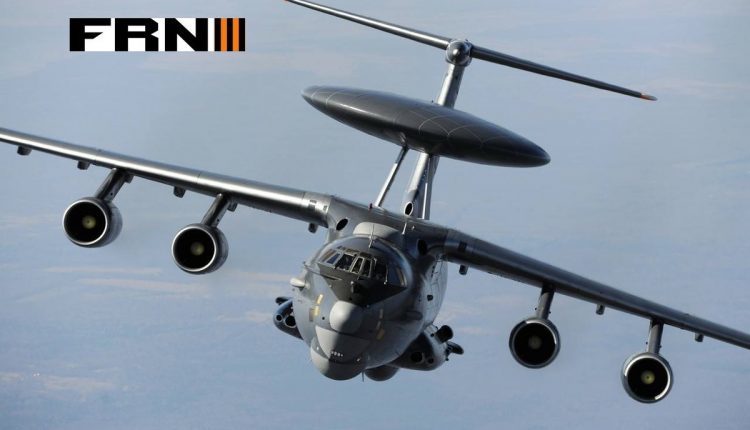The Russian Air Force will receive the new Beriev A-100 aircraft with the Air Alert and Control System, or Early Warning and Control System (AWACS) as early as 2020 or early 2021. AWACS would significantly boost the Russian Air Force's ability to obtain and maintain air superiority when coupled with fighters like the Sukhoi Su-30SM Flanker-H and Sukhoi Su-35S Flanker-E.
The Russian Defense Minister is expected to sign the production contract for the new AWACS, which would replace the existing Beriev A-50 fleet in the Russian Air Force. "We look forward to a detailed discussion with the Ministry of Defense on the delivery contract for the A-100 aircraft by the end of this year or in 2019," said U.S. Aviation Corporation President Yuri Slyusar.
While detailed negotiations between the Russian government and the company are expected by the end of this year, Russian defense industry sources are confident that the production of the aircraft will begin to be delivered in a few years to the Russian Air Force.
"The supply of the series aircraft will begin in 2020 or 2021," according to a source in the defense industry.
The Beriev A-100 is scheduled to replace the Beriev A-50 used by the Russian Air Force. The aircraft was built based on the Il-76MD-90A freighter. However, compared to the predecessor, the aircraft's fuselage has been lengthened, in addition to receiving more economical engines (PS-90) and multifunction displays. The main function of the A-100 will be the detection, identification and tracking of airborne, land or sea targets. In addition to managing all types of fighters, bombers and drones.
As described by Rostec, the new radar system consists of a rotating antenna capable of activating electronic and mechanical scanning, and within five seconds the radar is capable of full rotation. Another important component of the A-100 is the AWACS, an electronic radar surveillance system with C3 function for tactical logistics and military defense,
which can detect aircraft up to 600 km and surface targets up to 400 km away. AWACS can coordinate up to ten military aircraft simultaneously in air missions, according to Dave Majumdar's publication in
The National Interest.
With this, the A-100 will be able to scan airspace for hundreds of miles in all directions, identifying targets and sending complete information on the target for anti-missile and antiaircraft defense systems. In this way, the Beriev A-100 becomes a new-generation Early Warning Aircraft and Control aircraft that will certainly outbid its rivals.

Comment: Russia already has military superiority in many areas, even at sea, even if they don't command a fleet of aircraft carriers. Their anti-ship missiles are enough to destroy such navies in a war scenario. Russia may not have the ability to invade other countries - they don't have the wish for that either - but they can defend against anything their enemies throw at them, and instil some serious damage in the process. See also: